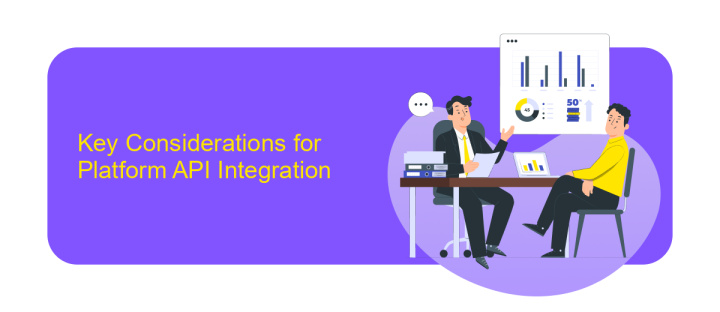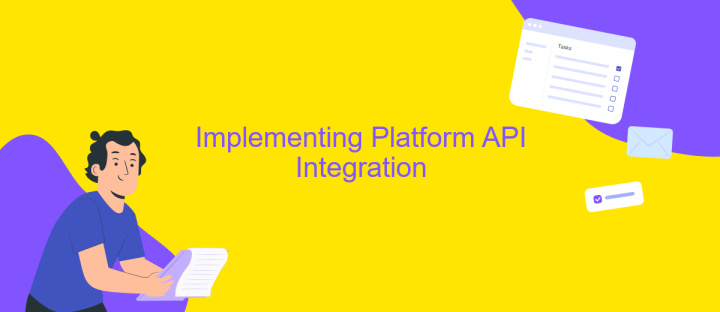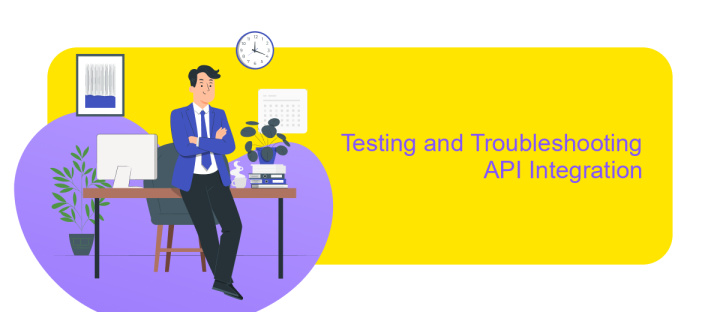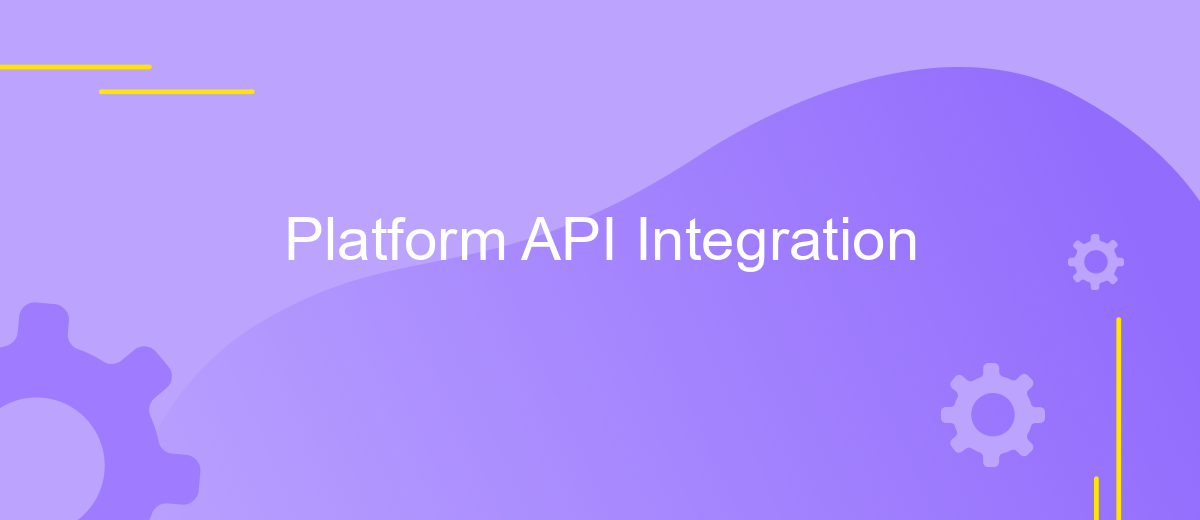Platform API Integration
In today's digital landscape, Platform API Integration has become a cornerstone for businesses seeking to enhance functionality and streamline operations. By connecting disparate systems and enabling seamless data exchange, API integration empowers organizations to innovate rapidly and respond to market demands. This article explores the key benefits, challenges, and strategies for successful API integration, providing insights into how businesses can leverage these tools to gain a competitive edge.
Introduction to Platform APIs and Integration
Platform APIs have become essential tools in the modern tech landscape, enabling seamless communication between different software applications. They serve as bridges that connect various platforms, allowing them to share data and functionalities. By leveraging APIs, businesses can enhance their systems' capabilities, streamline operations, and improve user experiences.
- APIs facilitate interoperability between disparate systems.
- They enable automation of routine tasks, saving time and resources.
- APIs provide scalable solutions for integrating new features and services.
Integrating platform APIs effectively requires understanding both the technical and business aspects of the systems involved. It involves careful planning, ensuring that the APIs align with the organization's goals and technical infrastructure. Successful API integration can transform how businesses operate, providing them with a competitive edge in today's fast-paced digital world.
Key Considerations for Platform API Integration

When integrating Platform APIs, it is crucial to first understand the API documentation thoroughly. This documentation provides essential details on endpoints, authentication methods, data formats, and rate limits. Ensuring compatibility with your existing systems is another key consideration; this involves checking if the API supports the data structures and protocols your systems use. Moreover, security should be a top priority. Implementing secure authentication methods, such as OAuth, and ensuring data encryption can protect sensitive information during data exchange.
Another important aspect is the scalability of the integration. As your business grows, the API should be able to handle increased loads without performance degradation. Tools like ApiX-Drive can facilitate seamless integration by providing a user-friendly interface to connect various platforms without extensive coding. Additionally, monitoring and logging are essential for troubleshooting and maintaining the integration. Regularly review logs to identify and resolve issues promptly, ensuring a smooth and efficient API operation. Lastly, consider the long-term support and updates from the API provider to maintain compatibility and functionality over time.
Implementing Platform API Integration

Integrating a Platform API involves several crucial steps to ensure seamless communication between systems. It begins with understanding the API documentation, which provides essential information about available endpoints, request methods, and response formats. This foundational knowledge is vital for planning the integration process effectively.
- Analyze the API documentation to identify necessary endpoints and data requirements.
- Set up authentication protocols, such as OAuth or API keys, to secure data exchange.
- Develop and test API calls using tools like Postman to ensure correct request and response handling.
- Implement error handling mechanisms to manage potential API failures gracefully.
- Monitor API usage and performance to optimize integration and maintain system reliability.
Successful platform API integration requires meticulous planning and execution. By following a structured approach and leveraging the right tools, developers can create robust connections that enhance system capabilities and improve user experiences. Continuous monitoring and optimization are essential to adapt to any changes in the API or business requirements, ensuring long-term integration success.
Testing and Troubleshooting API Integration

Testing and troubleshooting API integration is crucial for ensuring seamless communication between platforms. Initially, it is essential to establish a robust testing environment that mirrors the production setup. This environment allows developers to identify potential issues without affecting live operations.
Once the testing environment is set, developers should implement automated tests to validate API functionality. These tests help in quickly identifying any discrepancies in the API responses or unexpected behavior. Additionally, manual testing should be conducted to verify edge cases and ensure comprehensive coverage.
- Monitor API requests and responses for anomalies.
- Use logging tools to track errors and performance issues.
- Validate data formats and ensure data consistency.
- Check API documentation for any missed updates or changes.
In the event of issues, troubleshooting should start with reviewing error logs and API documentation. Collaboration with API providers can also be beneficial for resolving complex problems. Continuous monitoring and regular updates are essential for maintaining efficient API integration, ensuring that the platform remains agile and responsive to user needs.
Best Practices and Future Trends in API Integration
When integrating Platform APIs, following best practices ensures smooth and efficient operations. Firstly, prioritize security by implementing OAuth 2.0 for authentication and encrypting data during transmission. Additionally, maintain comprehensive documentation to facilitate ease of use and troubleshooting. Version control is crucial; ensure backward compatibility to prevent disruptions when updating APIs. Utilizing tools like ApiX-Drive can simplify the integration process by offering user-friendly interfaces and automated workflows, allowing seamless connectivity between platforms without extensive coding knowledge.
Looking ahead, future trends in API integration are set to focus on increased automation and the use of artificial intelligence. AI-driven integrations can predict and resolve potential conflicts, enhancing reliability. Moreover, the rise of microservices architecture will demand more modular and flexible API designs. As businesses aim for greater agility, low-code platforms like ApiX-Drive will become increasingly valuable, empowering non-developers to execute complex integrations swiftly. Staying abreast of these trends will be essential for businesses to maintain their competitive edge in a rapidly evolving digital landscape.
FAQ
What is Platform API Integration?
How can I get started with API integration?
What are the benefits of integrating APIs?
Are there any challenges associated with API integration?
Can I integrate APIs without coding skills?
Strive to take your business to the next level, achieve your goals faster and more efficiently? Apix-Drive is your reliable assistant for these tasks. An online service and application connector will help you automate key business processes and get rid of the routine. You and your employees will free up time for important core tasks. Try Apix-Drive features for free to see the effectiveness of the online connector for yourself.

